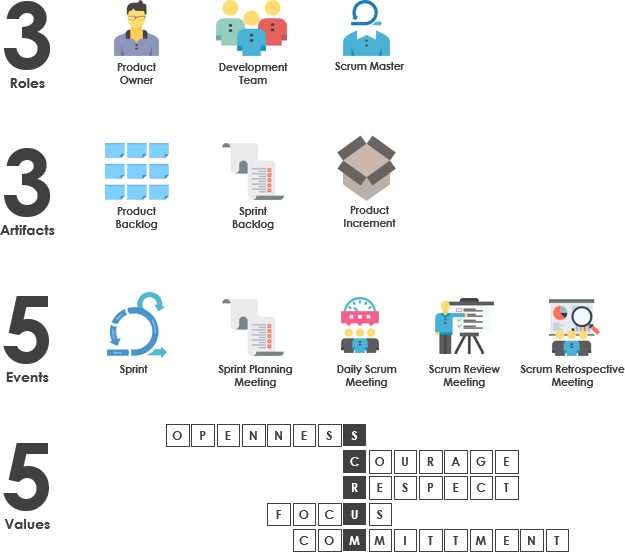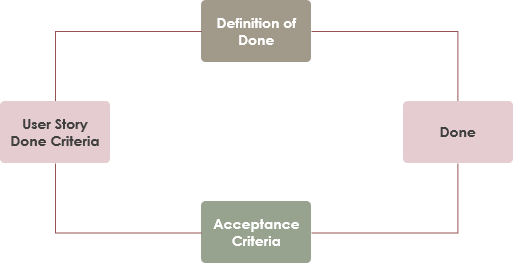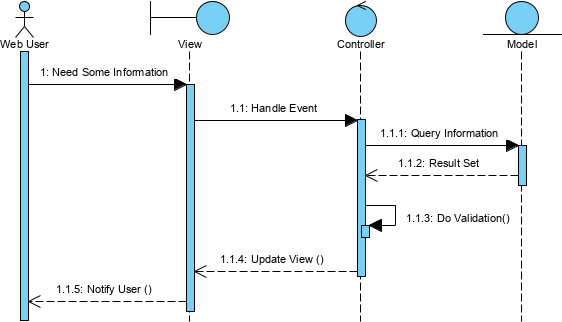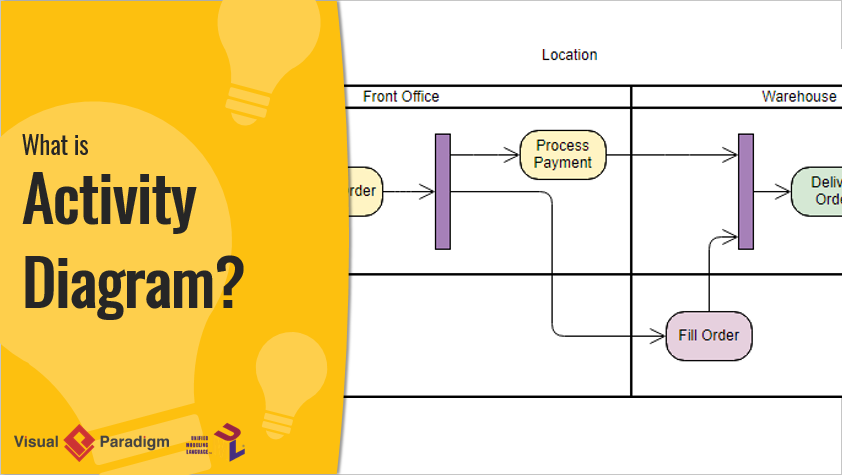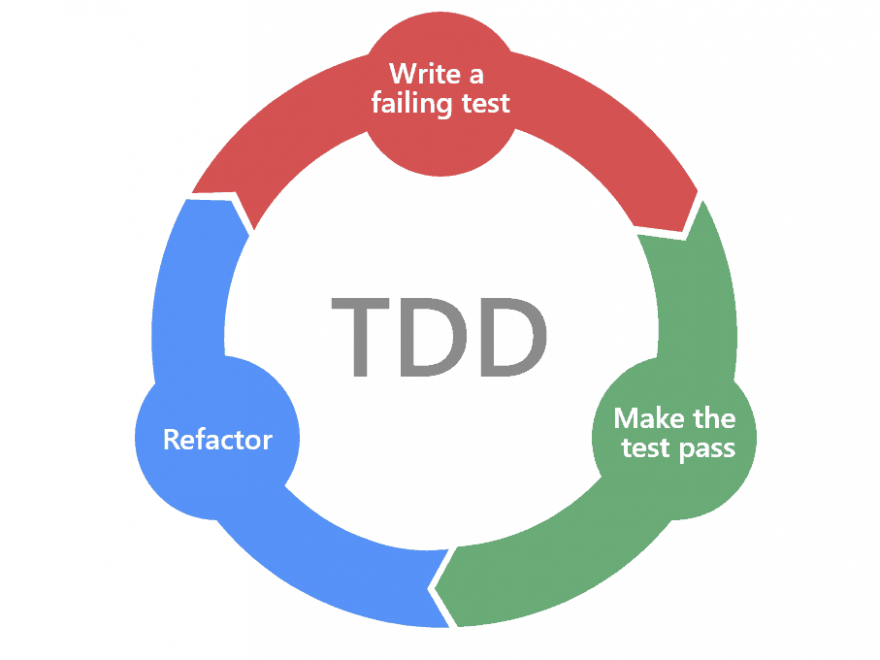Scrum artifacts provide critical information that the Scrum team and stakeholders need to know in order to understand the product being developed, the activities being planned, and the activities being completed in the project. The following artifacts are defined in the Scrum Process Framework.
Continue reading